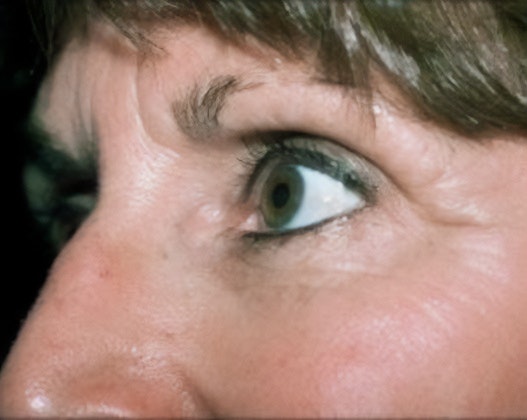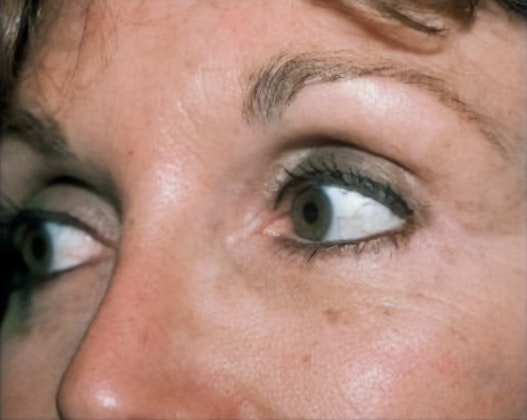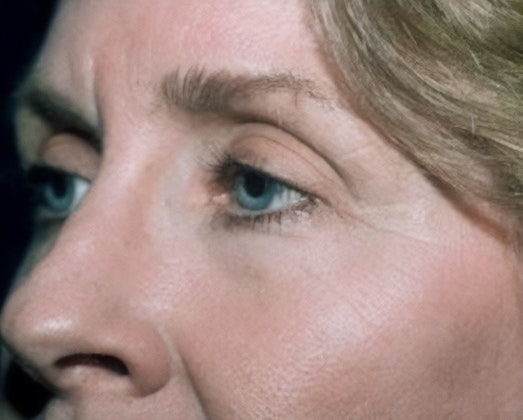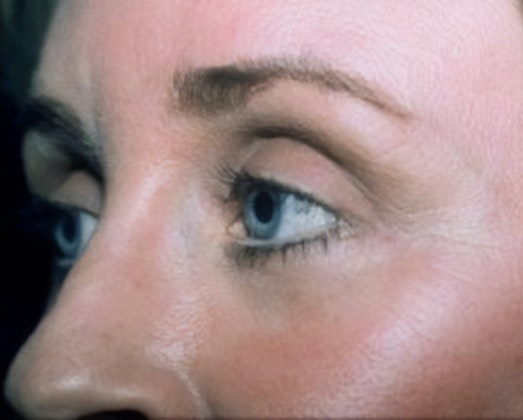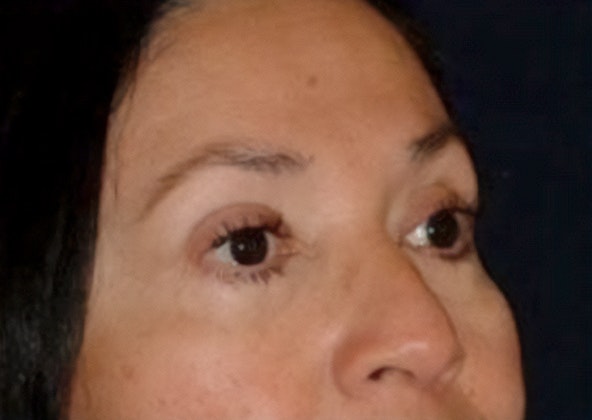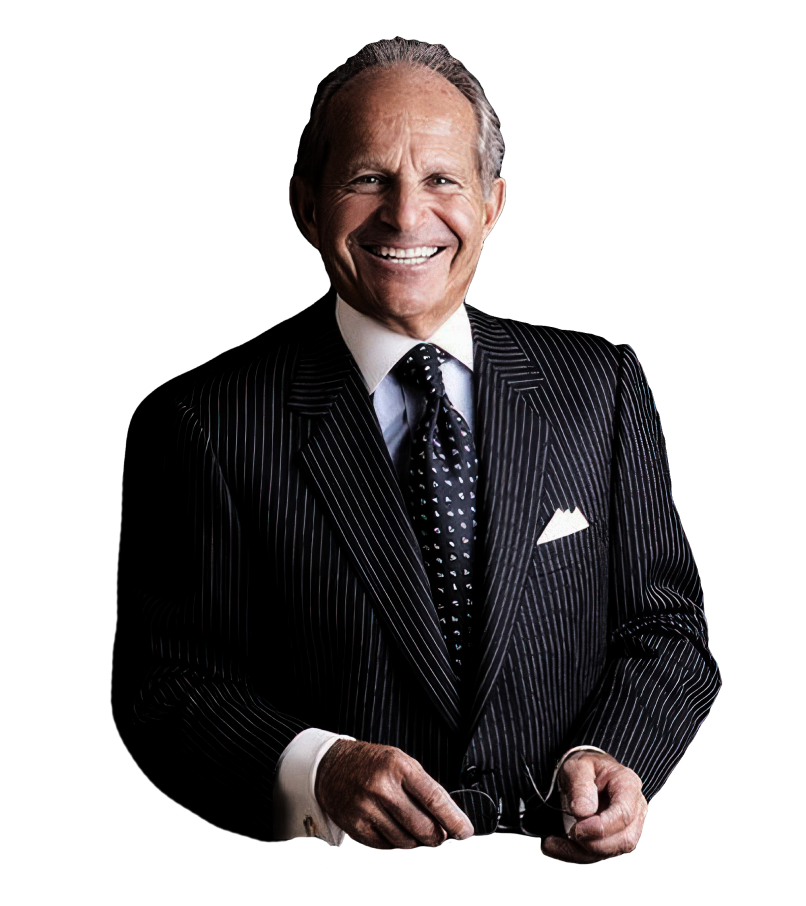Blepharoplasty La Jolla
“The very best!”
—Christina F.
Upper Blepharoplasty Patient, 5-Star Google Review
- Facial and Reconstructive Surgery Expert
- Recipient of the Aesthetic Society's Career Achievement Award
- Clinical Professor at the University of California, San Diego
- Recipient of the Aesthetic Foundation's Patient Safety Award
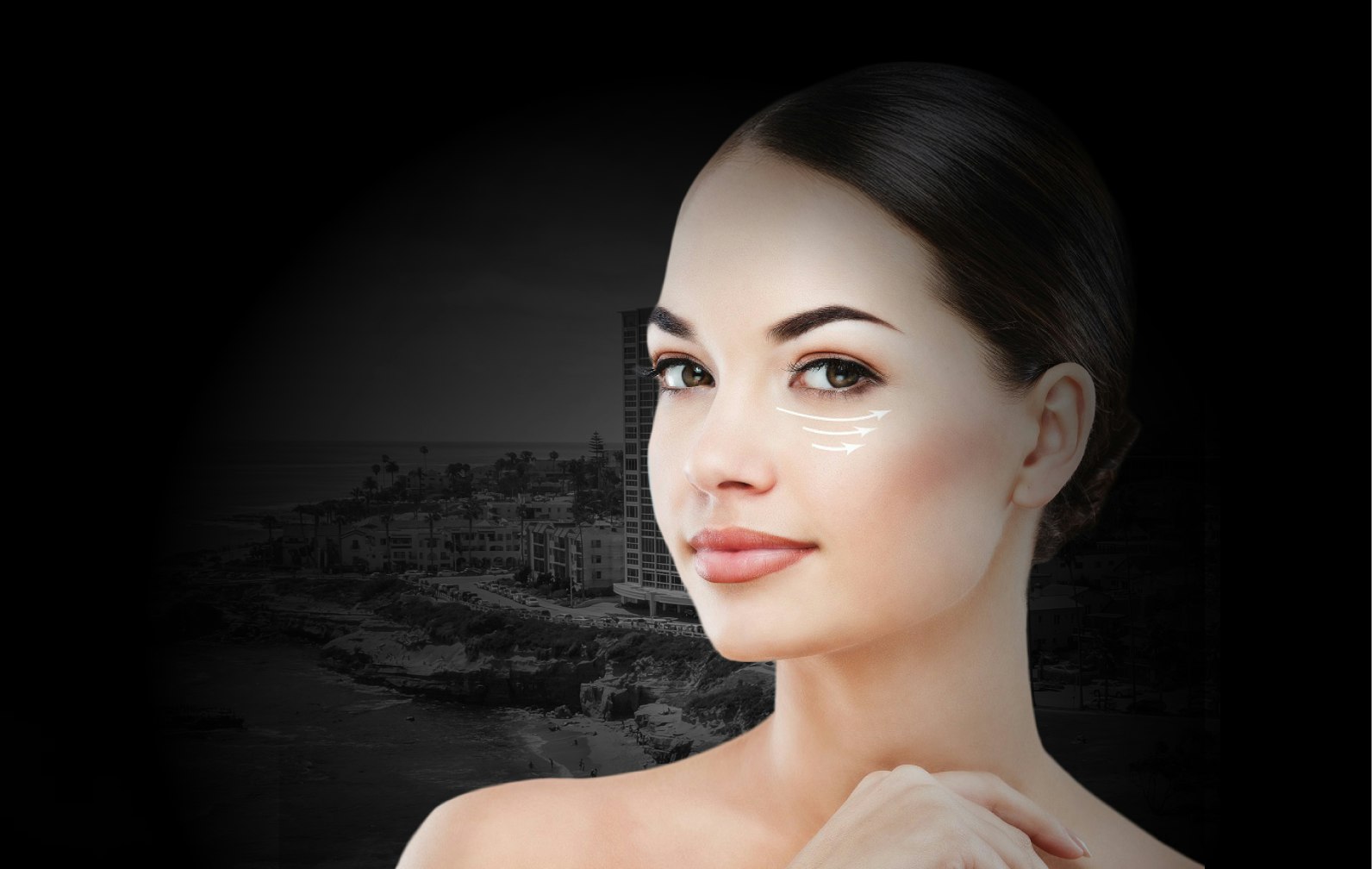
“I look 10 years younger!” 5-Star Reviews of Dr. Singer
Blepharoplasty patients say they're happy they chose Dr. Robert Singer because of the rejuvenation his blepharoplasty procedures provide, the boost in self-esteem they experience after surgery, and the trust he establishes along the way. If you want to do something about signs of aging affecting your eyelids, we invite you to request a consultation and learn why so many trust their facial plastic surgery procedures to Dr. Singer.
Natural-Looking Results By a Master Facial Surgeon
What Makes Dr. Singer The Best Choice for Eyelid Surgery
Reputation
Dr. Robert Singer has been in private practice since 1976 and is the former President and Chair of the Board of Trustees of The Aesthetic Society (AS).
Prestige
Dr. Singer is the ninth surgeon to receive The Aesthetic Surgery Education and Research Foundation's most prestigious honor, the Career Achievement Award.
Safety
Dr. Singer earned the AS' Patient Safety Award for elevating the safety of aesthetic plastic surgery and medicine through research, innovation, and operational excellence.
Respect
Dr. Singer was chosen by colleagues as the inaugural visiting professor of the California Society of Plastic Surgeons (CSPS) for all academic plastic surgery programs in California. He sat on the review boards of two plastic surgery journals and regularly lectures around the world.
Board Certification
Dr. Singer is a board-certified plastic surgeon, signifying his substantial training beyond medical school and having passed examinations by the American Board of Plastic Surgery. Dr. Singer has served as an invited examiner for the board.
The Best Facilities
Dr. Singer's private surgical center in San Diego meets the highest safety standards of QUAD A (formerly the American Association for Accreditation of Ambulatory, Inc.), the leader in accreditation for office-based surgery facilities.
Affiliations
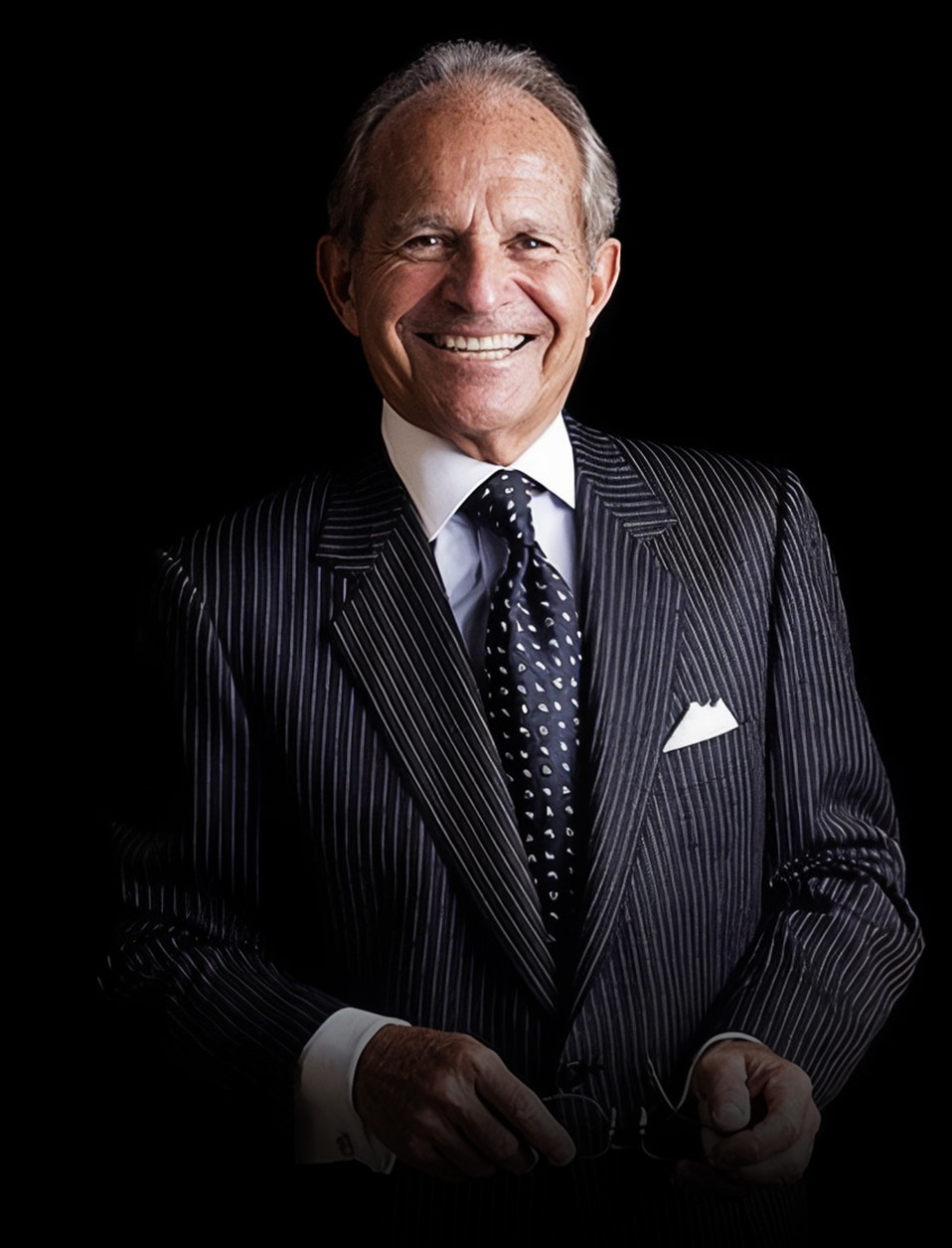
Request a Consultation
Artistry • Safety • Training • Compassion • Experience • Innovation
These are just some of the words mentioned most often when patients and colleagues talk about Dr. Robert Singer. Throughout his career, he has set new standards in artistry and safety, earning a sterling reputation as an exceptional surgeon, educator, and proponent of positive change. Your face is your most noticeable attribute—doesn't it deserve the attention of the best in the field?
If you are considering blepharoplasty, a combination of facial procedures, or another type of surgical enhancement, we invite you to request a consultation with Dr. Robert Singer today. Write to our office in San Diego or call:
“Thank you so much for everything.” La Jolla Blepharoplasty Patients Recommend Dr. Singer
Dr Singer did an AMAZING job on my facelift. Couldn't be more pleased with the natural-looking results. The results are AMAZING as I look 10 years younger. This man is the best in his business. Period. He is also just a truly kind and caring individual — a real pleasure to work with. I highly recommend Dr. Singer and his full surgical team/office staff a million times.
View on GoogleI want to sing the praises of Dr. Singer who performed my neck lift and rhinoplasty in August 2022. I had minimal pain and bruising and felt good a week later. I have had plastic surgery before and I can say Dr singer and his team went far and beyond anywhere else I've ever been. I am so happy with my results. Thank you so much for everything. Ill be back.
View on GoogleThe Cost of an Eyelid Lift by Dr. Singer
The cost of an eyelid lift depends on a number of factors, including the complexity of your case and any additional procedures you choose to undergo alongside blepharoplasty. The most significant cost factor is your choice of surgeon. No matter who you choose to perform your blepharoplasty or any other facial procedure, we urge you to make your choice based on the surgeon's:
- ✔ Experience
- ✔ Before and After Images
- ✔ Reputation
- ✔ Reviews
Your face is your most defining feature, and you should only trust cosmetic surgery to a capable provider, even if that means paying more than a less experienced or less reputable surgeon might charge.
After your consultation with Dr. Singer, you will be provided with an estimated cost of treatment. You will also have a chance to discuss our financing options. We work with:
- ✔ CareCredit
- ✔ Alphaeon
Your Best Self Can Be Revealed by Dr. Singer
Is It Right for Me?
Blepharoplasty—also known as an eyelid lift—is a method of addressing undereye bags, dark undereye circles, and sagging or “hooded” upper eyelids. By making incredibly precise incisions in the natural skin creases of the eyelids, Dr. Singer can remove excess skin and fat tissue before tightening the remaining skin in a way that can take years off your appearance. It's a procedure that has helped millions achieve the rejuvenation they desire, but it's not right for every patient.
Blepharoplasty Candidacy
Safety is Dr. Singer's first priority when it comes to any cosmetic procedure. Before recommending blepharoplasty, Dr. Singer will perform a careful assessment of your medical history and other factors to determine if you have any characteristics that might elevate the risk of plastic surgery. In general, blepharoplasty candidates are men and women who:
- Are in good overall health
- Have no medical conditions that compromise the healing process
- Don't smoke or use tobacco
- Have realistic expectations of what an eyelid lift can provide
- Are free of any serious ocular health issues
- Want to look better rather than different
Reach out today if you are considering blepharoplasty in La Jolla.

“Good procedures are individualized. What works well for somebody else may not be the best for you. It’s not a matter of you fitting the procedure, it’s a matter of the doctor finding what’s right for you.”
Dr. Robert Singer
Powerful Rejuvenation By Dr. Robert Singer
Recovery
Blepharoplasty is an outpatient procedure. On the day of your surgery, you will return home to rest after a short observation period in Dr. Singer's onsite surgical center.
Everyone heals at a different rate, so Dr. Singer will schedule follow-up appointments to monitor your recovery and decide when it is safe to resume certain activities.
You should take care to minimize strain for about two weeks as you heal. That means no strenuous exercise or heavy lifting. Any discomfort experienced during the first couple of weeks can be easily managed with over-the-counter pain relievers. Sun protection is especially important during this time, and you should plan to wear a hat and sunglasses when you go outside. Dr. Singer will advise when returning to work and resuming other activities is safe.
You can expect bruising and swelling for about 10 to 14 days, but most patients feel comfortable going back into the public after that time. It could take up to a few months for the swelling to completely subside.
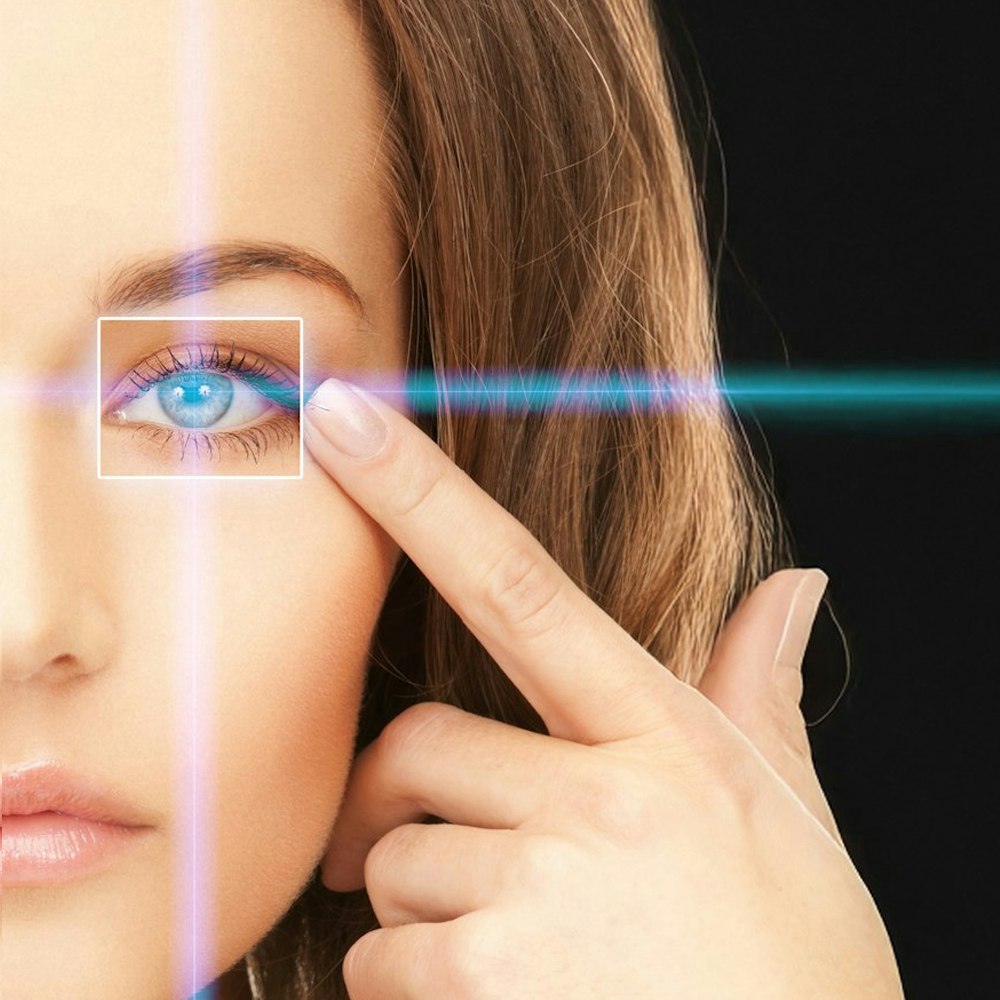
"It takes time to heal. It’s very important that you follow all instructions pre-op and post-op, because you are part of the treatment. Be very honest with your surgeon about your health history, your expectations, and your motivation so they can recommend the right procedure and help you experience the best possible benefits."
Dr. Robert Singer

